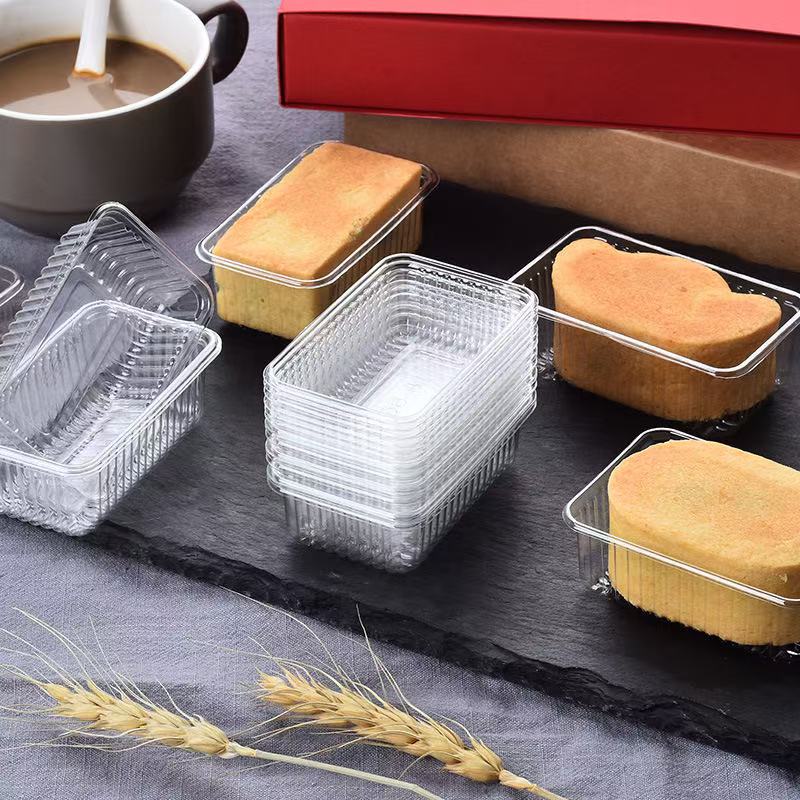
Characteristics and Applications of Transparent PET Trays in Food Packaging,
2025-08-12 16:57Characteristics and Applications of Transparent PET Trays in Food Packaging,
Disposable Cutlery Packaging, and Antistatic Packaging
The Versatility of Transparent PET Trays: A Modern Packaging Solution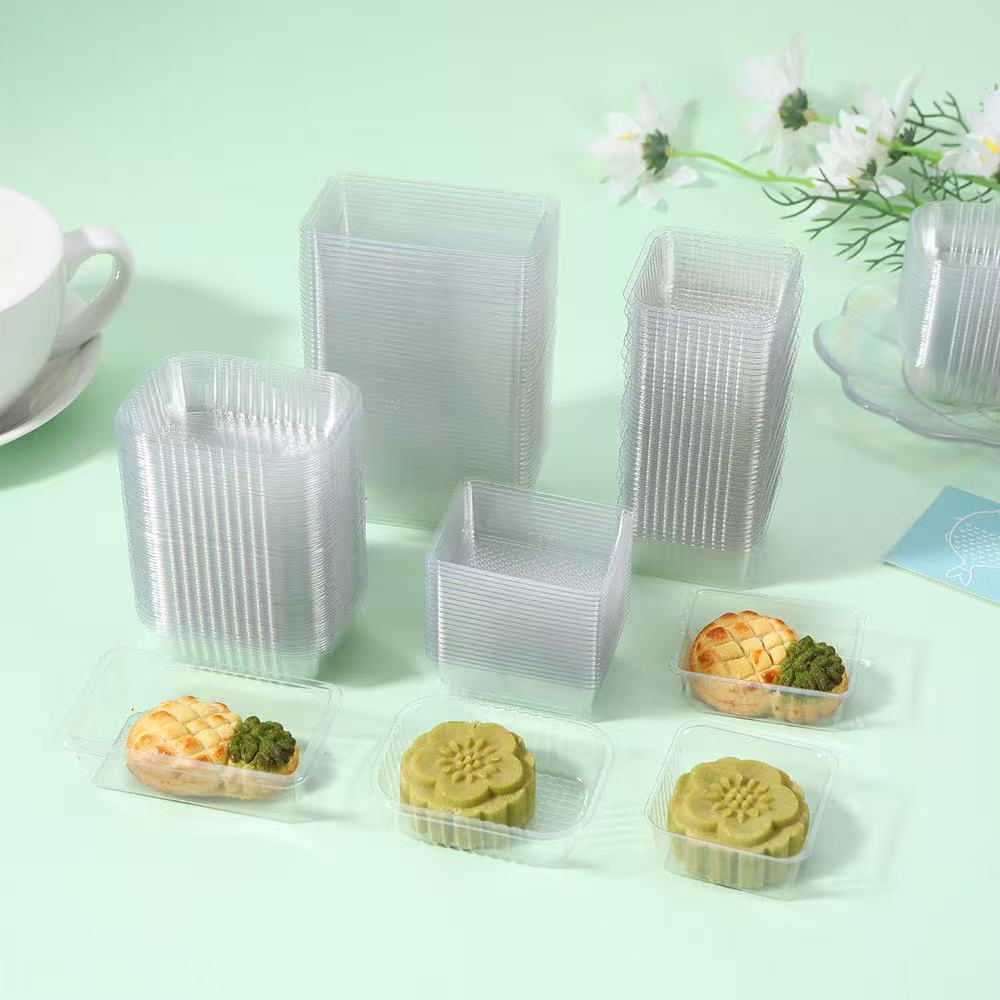
IntroductionPolyethylene Terephthalate (PET) trays have emerged as a cornerstone in modern packaging, offering a unique blend of functionality, aesthetics, and sustainability. Known for their exceptional transparency, durability, and recyclability, transparent PET trays are widely used across various industries, including food packaging, disposable cutlery packaging, and antistatic packaging. This article explores the key characteristics of transparent PET trays and their diverse applications, highlighting their advantages, challenges, and contributions to sustainable packaging solutions. By delving into their properties and practical uses, we aim to provide a comprehensive understanding of why PET trays are a preferred choice in today’s fast-paced, consumer-driven world.Key Characteristics of Transparent PET TraysOptical Clarity and Aesthetic Appeal
Transparent PET trays are renowned for their glass-like clarity, with a visible light transmittance of ≥90% for 1mm-thick specimens, as measured by ASTM D1003 standards. This exceptional transparency enhances product visibility, making it ideal for showcasing the freshness and quality of packaged goods. According to market research, transparent packaging can increase product attractiveness by over 30%, particularly in impulse-buying scenarios such as beverages, fresh produce, and ready-to-eat meals. The visual appeal of PET trays creates a perception of cleanliness and quality, influencing consumer purchasing decisions.
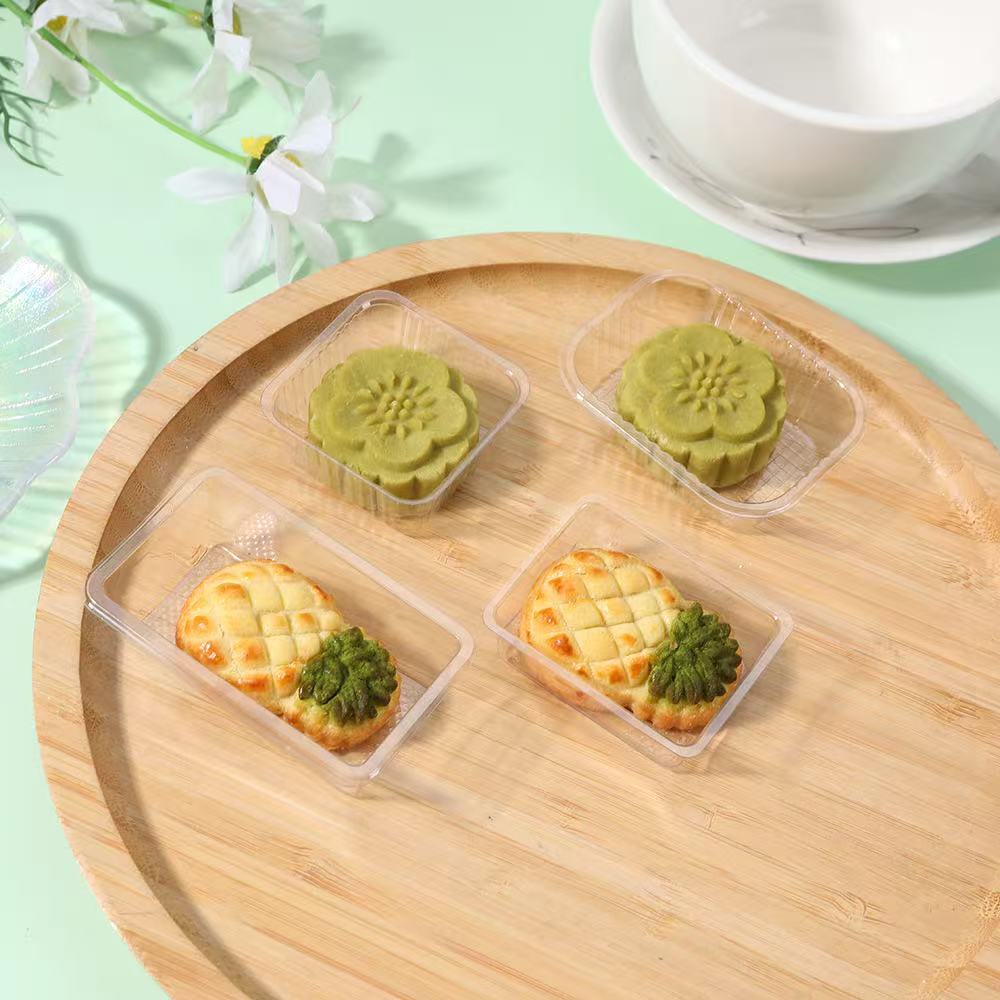
Durability and Impact Resistance
PET trays are lightweight yet robust, offering good impact strength and resistance to cracking. Their anti-shatter and anti-crack properties make them suitable for protecting delicate items during transportation and handling. While not as impact-resistant as materials like polypropylene (PP), PET’s rigidity ensures that trays maintain their shape, providing structural support for stacked or displayed products. This durability is particularly valuable in high-volume distribution environments.
Chemical and Oil Resistance
PET exhibits excellent resistance to oils, food acids, and most chemicals, making it a safe choice for food-contact applications. It complies with stringent regulations such as FDA 21 CFR 177.1630 and Regulation (EU) No 10/2011, ensuring no harmful chemical leaching occurs. This property is critical for maintaining the integrity and safety of packaged food items, especially those with high oil or acid content, such as salads, meats, and condiments.
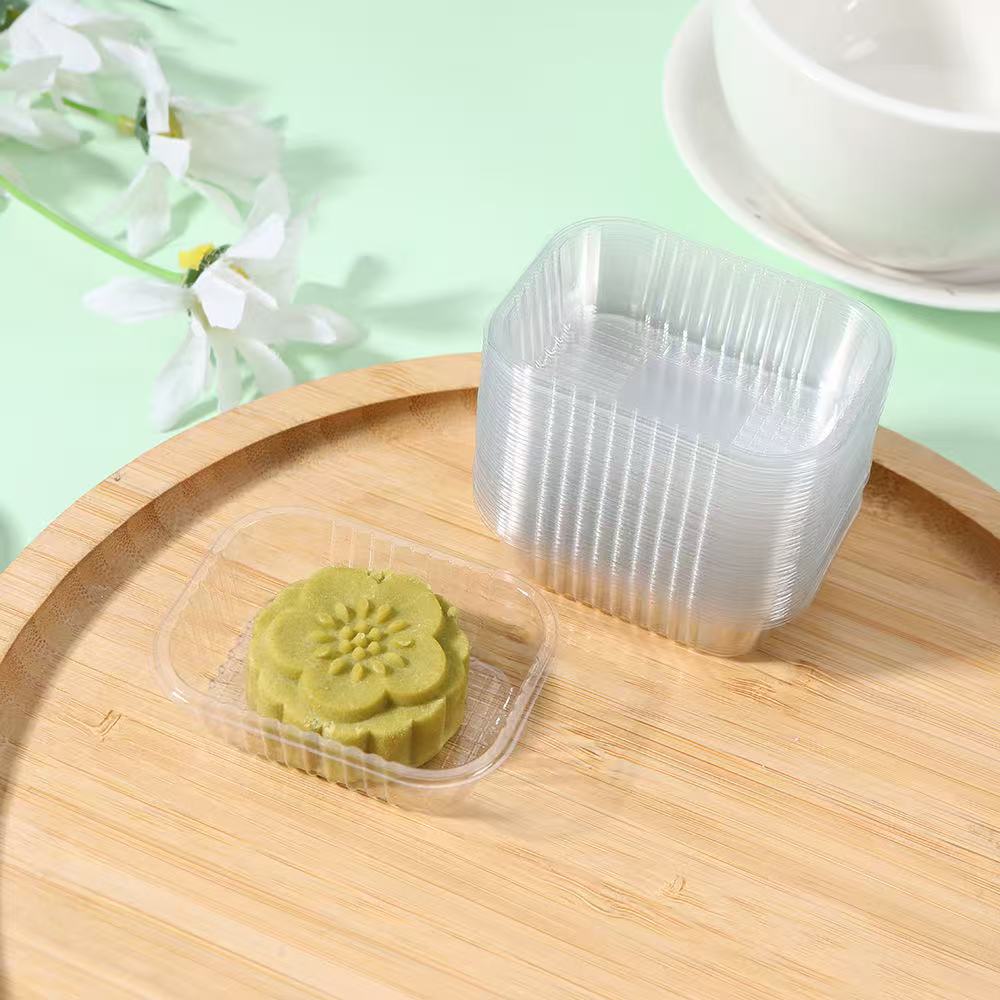
Recyclability and Sustainability
One of the most significant advantages of PET trays is their recyclability. PET is widely accepted in curbside recycling programs globally, with a well-established infrastructure for processing recycled PET (rPET). The material can incorporate up to 100% post-consumer recycled content without compromising performance, reducing the demand for virgin plastic and lowering the carbon footprint. Innovations like the “CircuTray-UP” project aim to enhance PET tray recycling by developing mono-PET sorting and solvent-based processing, further closing the material loop.
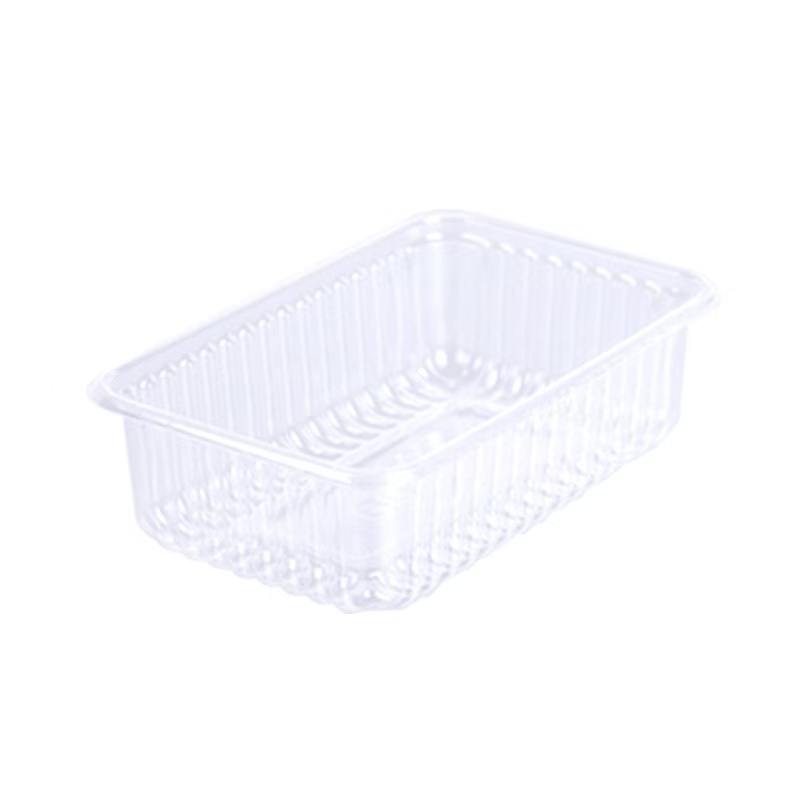
Lightweight and Cost-Effective
PET trays are exceptionally lightweight, with just 15 grams of PET capable of packaging 18 times its weight in fresh food. This lightness reduces fuel consumption during transportation, optimizing logistics and minimizing environmental impact. Additionally, PET’s cost-effectiveness, driven by efficient manufacturing processes and widespread availability, makes it a preferred choice for high-volume packaging applications.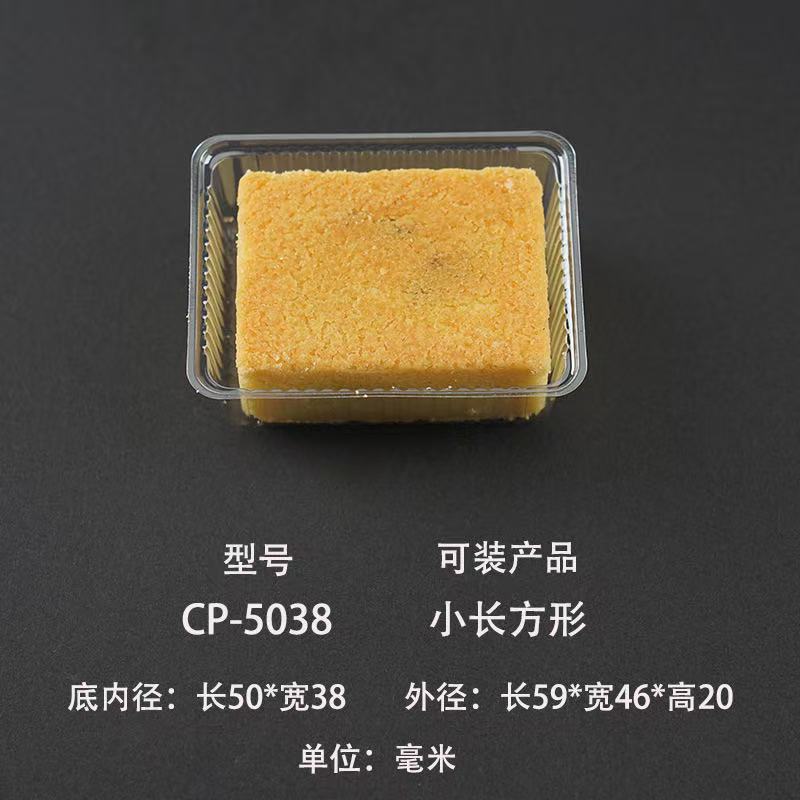
Barrier Properties and Food Preservation
PET trays offer moderate oxygen and moisture barrier properties, which can be enhanced with multilayer structures incorporating barrier layers like EVOH or PE. These layers extend the shelf life of perishable foods, such as fresh meats and produce, by up to 50–90 days compared to bulk storage. The material’s resistance to abrasion and microorganisms further ensures that packaged foods retain their nutritional properties and safety.
Antistatic Properties
In specialized applications, PET trays can be engineered with antistatic coatings or additives to prevent static electricity buildup. This is particularly important in electronics packaging, where static discharge can damage sensitive components. Antistatic PET trays provide a protective environment for electronic devices, ensuring safe storage and transportation.
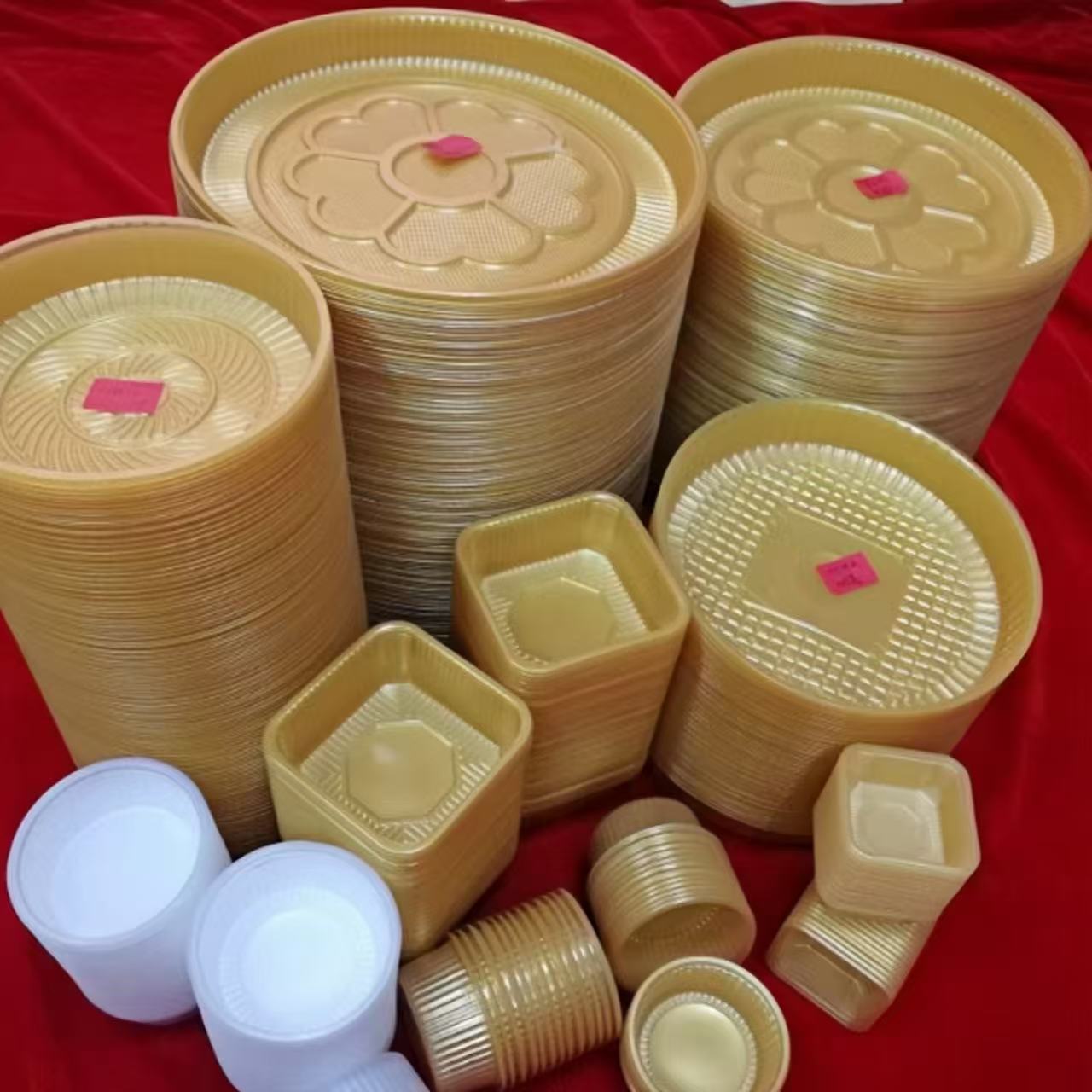
Applications of Transparent PET Trays1. Food Packaging with PET TraysTransparent PET trays are a staple in food packaging due to their clarity, safety, and versatility. They are widely used for packaging fresh produce, deli items, bakery products, and ready-to-eat meals. The following sub-applications highlight their role in the food industry:Fresh Produce Packaging
PET trays are ideal for packaging fruits, vegetables, and seafood due to their excellent clarity and puncture resistance. The transparency showcases vibrant colors and freshness, appealing to consumers in supermarkets. For example, a transparent PET tray for strawberries not only protects delicate berries from crushing but also enhances their visual appeal, encouraging purchases. The trays’ rigidity and barrier properties help maintain product freshness during transportation and storage, reducing food waste.
Prepared Foods and Deli Items
For prepared foods like salads, sushi, and sandwiches, PET trays offer superior visibility and stain resistance, maintaining an attractive appearance even with colorful or oily foods. Their compliance with food safety regulations ensures that they are suitable for direct food contact, making them a trusted choice for deli counters and foodservice providers. The trays’ lightweight nature also simplifies handling in fast-paced environments like takeout restaurants.
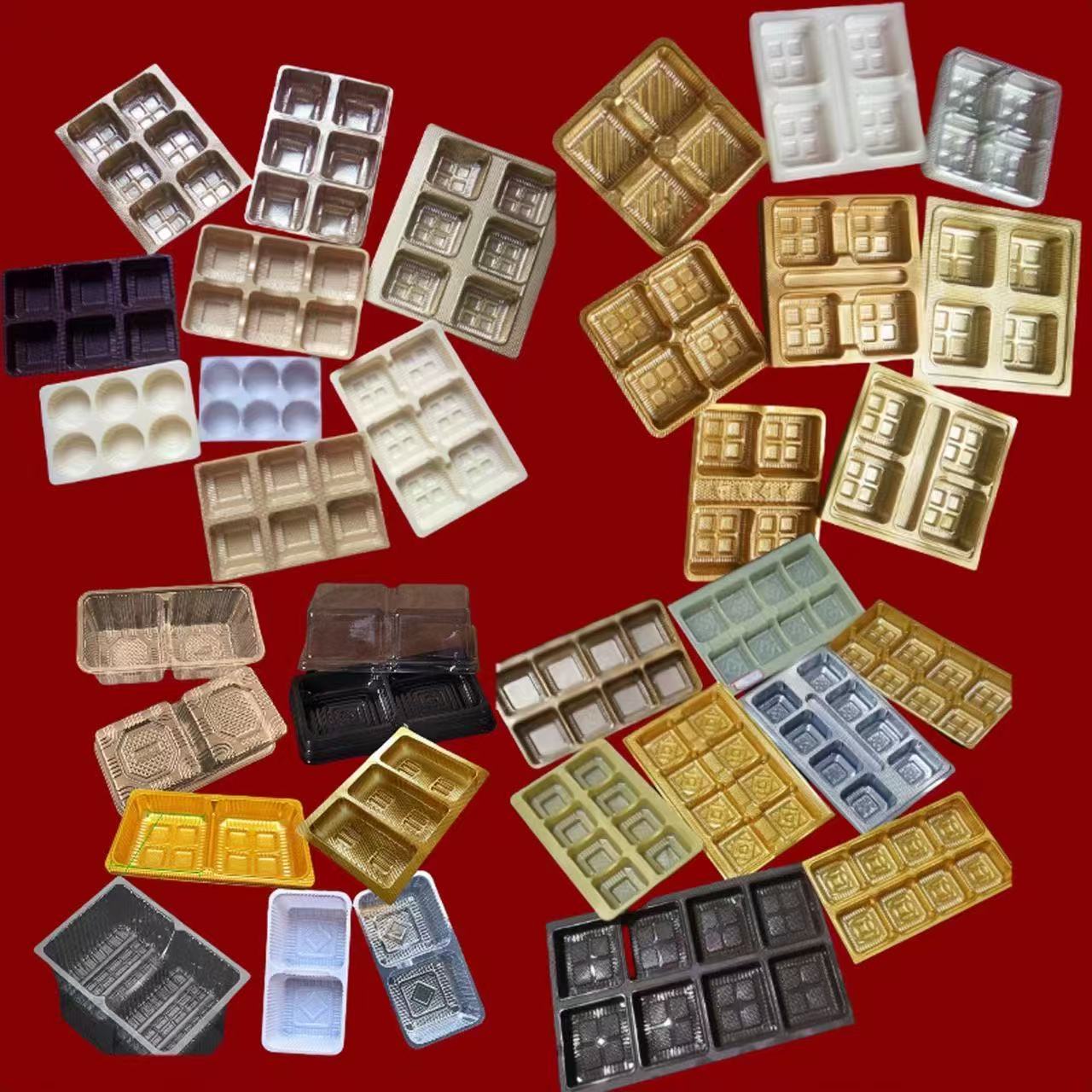
Bakery Products
In bakery applications, PET trays protect delicate items like pastries and cakes while showcasing intricate designs through their crystal-clear surface. Their scratch resistance ensures that the trays remain visually appealing even after repeated handling, making them suitable for premium and artisanal bakery items. Additionally, PET trays’ recyclability aligns with the growing demand for sustainable packaging in the bakery sector.
The use of PET trays in food packaging is driven by their ability to balance functionality with aesthetics. However, challenges such as multilayer structures (e.g., PET combined with PE or EVOH) can complicate recycling, as these materials are harder to separate. Innovations like the “CircuTray-UP” project aim to address this by developing mono-PET sorting and processing technologies to improve recyclability.
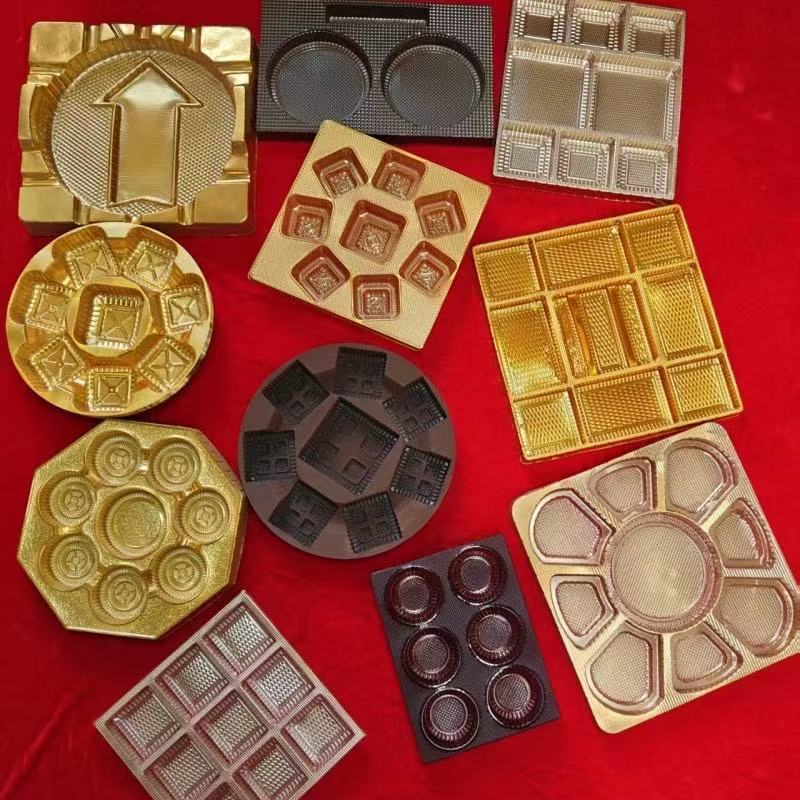
2. Disposable Cutlery Packaging with PET TraysTransparent PET trays are increasingly used in disposable cutlery packaging, particularly for pre-packaged meal kits and catering services. Their key advantages in this application include:Hygienic and Secure Packaging
PET trays provide a hygienic barrier for disposable cutlery, such as forks, spoons, and knives, ensuring they remain clean and safe for use. Their chemical resistance prevents contamination from oils or cleaning agents, making them ideal for foodservice environments. The trays’ clarity allows consumers to verify the cleanliness and quality of the cutlery, enhancing trust in the product.
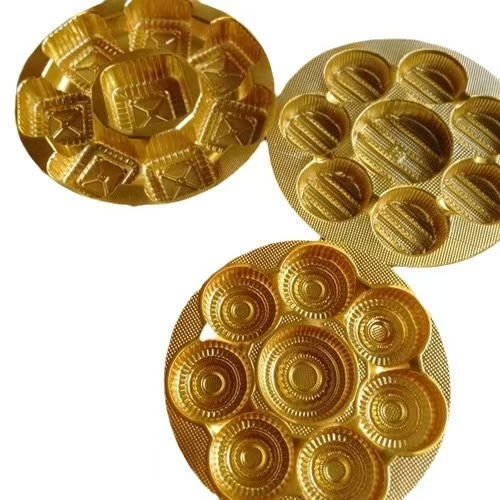
Organizational Efficiency
PET trays can be designed with compartments to neatly organize cutlery, napkins, and condiments, streamlining meal kit assembly for manufacturers and improving user convenience. Their lightweight and stackable design optimizes storage and transportation, reducing costs for businesses. For example, a catering company might use PET trays to package cutlery sets for events, ensuring an elegant presentation while maintaining hygiene.
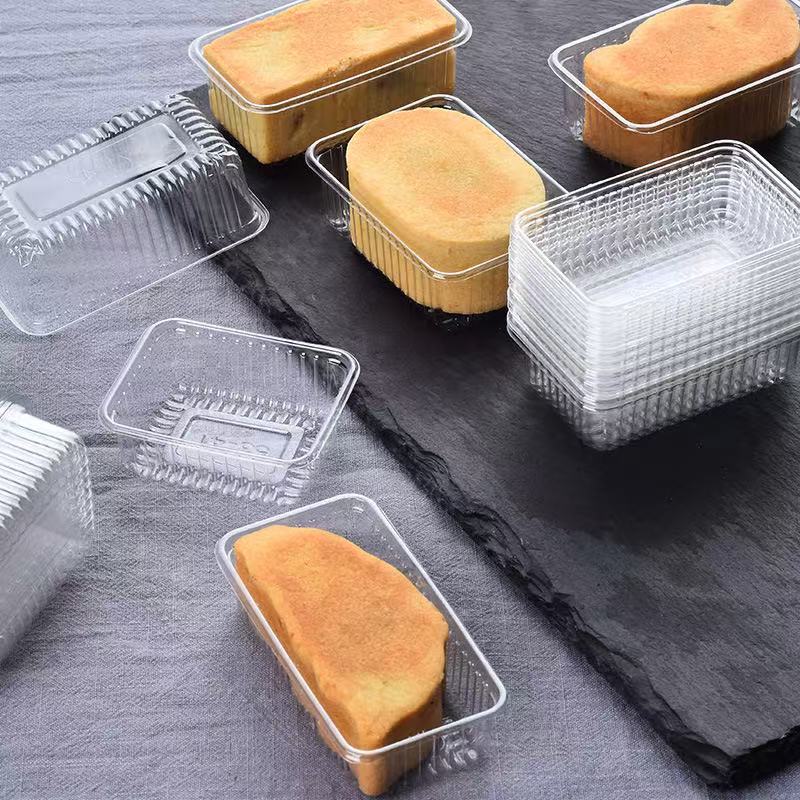
Sustainability Considerations
The recyclability of PET trays makes them a more sustainable option compared to less recyclable materials like polystyrene (PS). Brands can further enhance sustainability by using recycled PET (rPET) for cutlery packaging, aligning with consumer demand for eco-friendly products. However, ensuring proper recycling infrastructure is available remains a challenge, as some regions lack efficient PET recycling systems.
3. Antistatic Packaging with PET TraysIn the electronics industry, transparent PET trays are valued for their antistatic properties, which are critical for protecting sensitive electronic components. Key aspects of their use in antistatic packaging include:Static Protection for Electronics
Antistatic PET trays are treated with special coatings or additives to dissipate static electricity, preventing damage to components like circuit boards, microchips, and hard drives. The trays’ transparency allows for easy inspection of components without opening the packaging, reducing the risk of contamination or mishandling. This is particularly important in industries where precision and quality control are paramount.
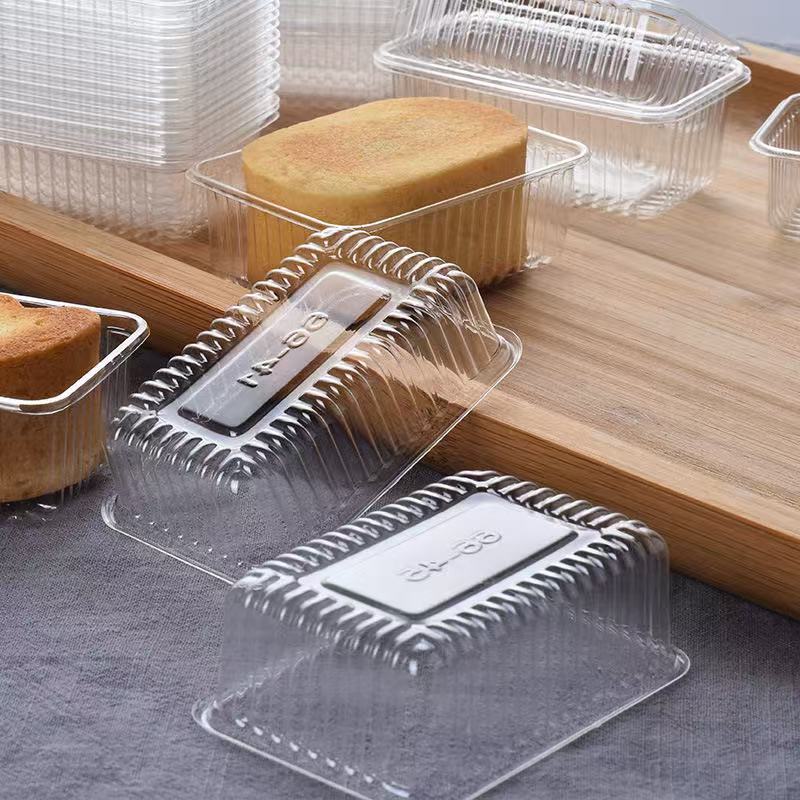
ConclusionTransparent PET trays are a versatile and sustainable packaging solution, offering exceptional clarity, durability, and recyclability. In food packaging, they enhance product visibility and extend shelf life; in disposable cutlery packaging, they ensure hygiene and organization; and in antistatic packaging, they protect sensitive electronics. Despite challenges like multilayer recycling, ongoing innovations are making PET trays even more sustainable and efficient. As consumer demand for eco-friendly and visually appealing packaging grows, transparent PET trays will continue to play a pivotal role in shaping the future of packaging across industries